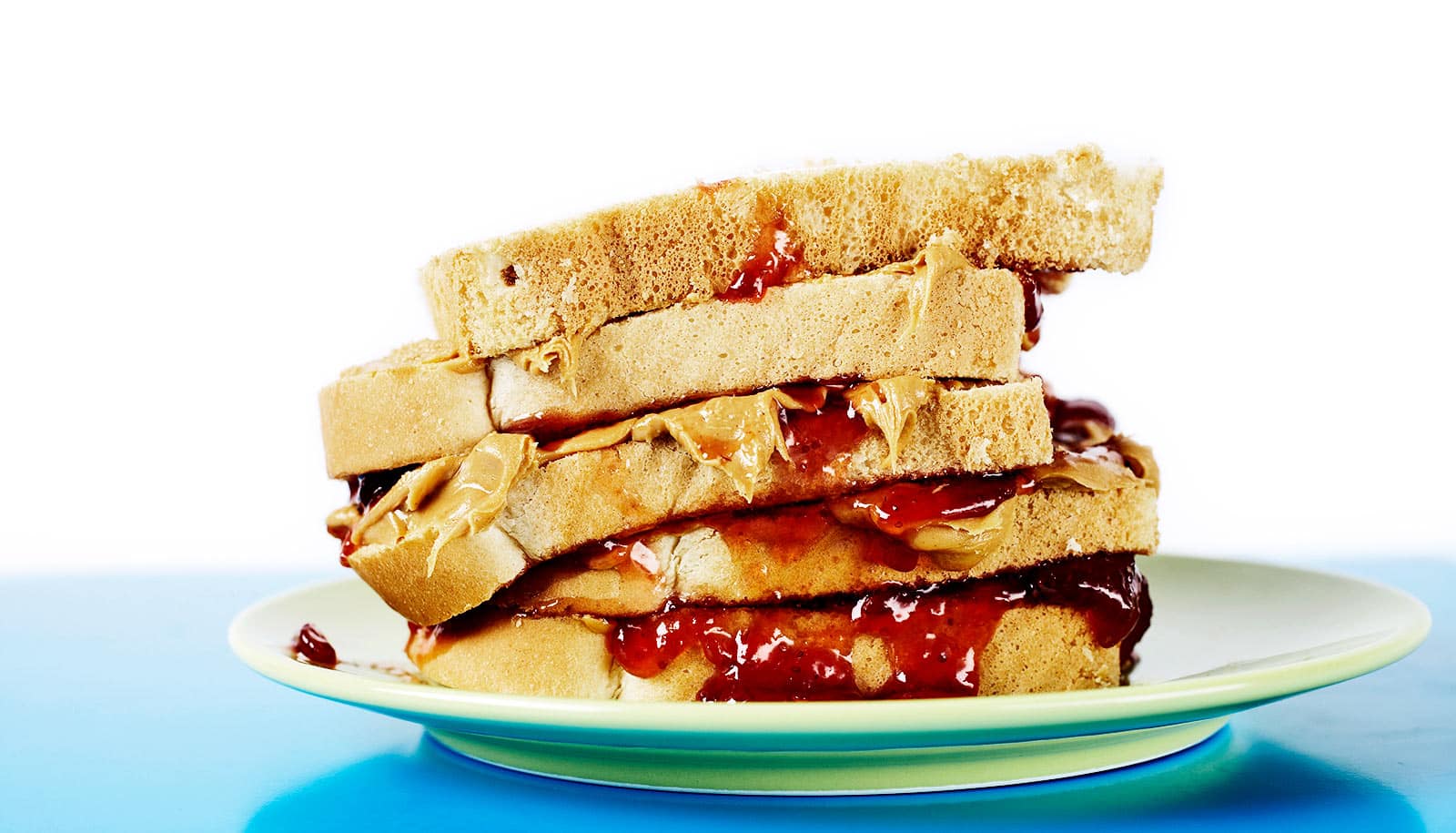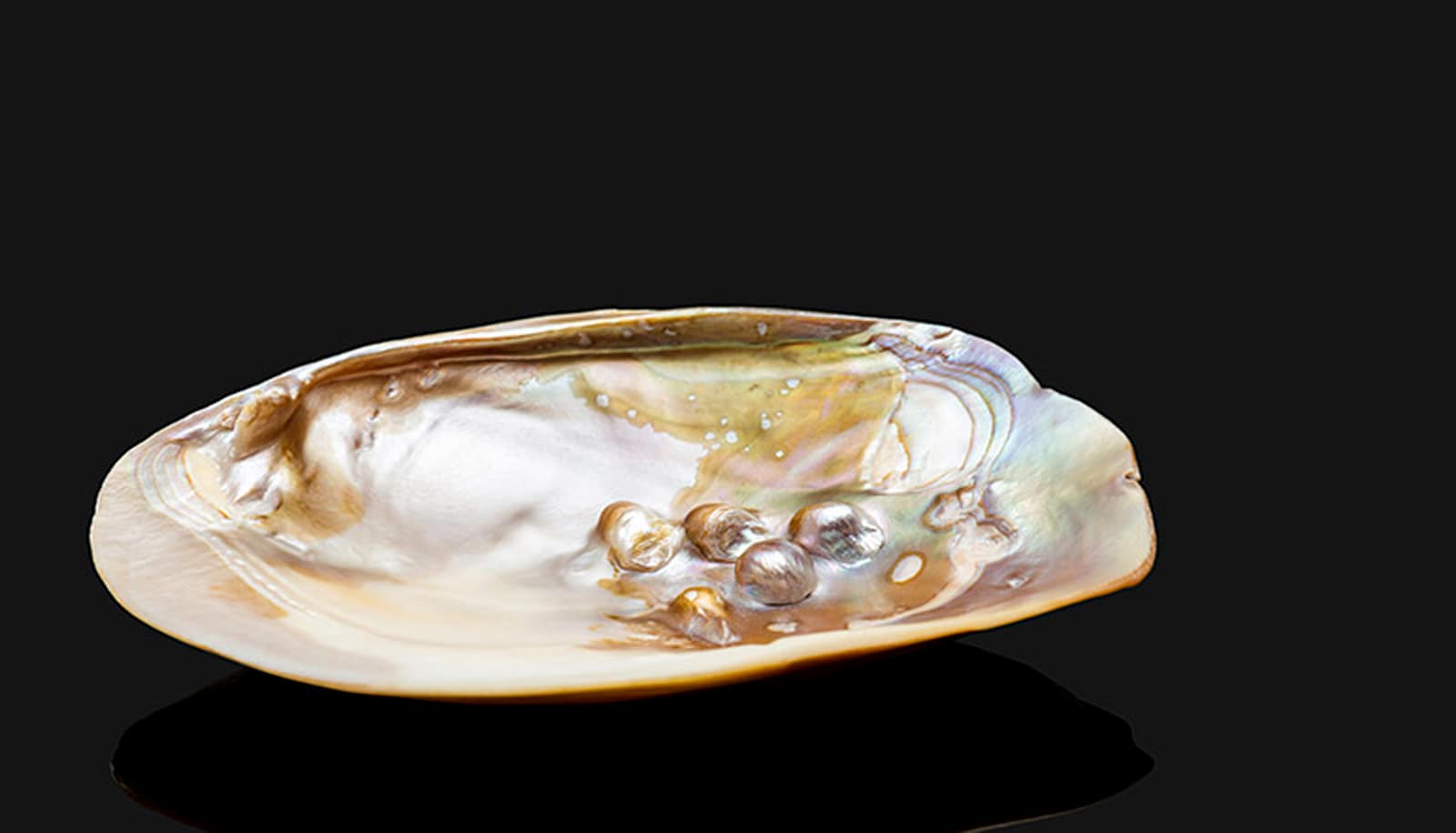New spray-on coatings cause ice to fall away from structures—regardless of their size—with just the force of a light breeze, or often the weight of the ice itself, report researchers.
The new class of coatings get researchers closer to their decades-long goal of ice-proofing cargo ships, airplanes, power lines, and other large structures.
In a test on a mock power line, the coating shed ice immediately.
The researchers overcame a major limitation of previous ice-repellent coatings—while they worked well on small areas, researchers found in field testing that they didn’t shed ice on very large surfaces as effectively as they had hoped. That’s an issue, since ice tends to cause the biggest problems on the biggest surfaces—sapping efficiency, jeopardizing safety, and necessitating costly removal.
They cleared this hurdle with a “beautiful demonstration of mechanics.” Anish Tuteja, an associate professor of materials science and engineering at the University of Michigan, describes how he and his colleagues turned to a property that isn’t well-known in icing research.
“For decades, coating research has focused on lowering adhesion strength—the force per unit area required to tear a sheet of ice from a surface,” Tuteja says. “The problem with this strategy is that the larger the sheet of ice, the more force is required. We found that we were bumping up against the limits of low adhesion strength, and our coatings became ineffective once the surface area got large enough.”

The new coatings solve the problem by introducing a second strategy: low interfacial toughness, abbreviated LIT. Surfaces with low interfacial toughness encourage cracks to form between ice and the surface. And unlike breaking an ice sheet’s surface adhesion, which requires tearing the entire sheet free, a crack only breaks the surface free along its leading edge. Once that crack starts, it can quickly spread across the entire iced surface, regardless of its size.
“Imagine pulling a rug across a floor,” says Michael Thouless, professor of engineering in mechanical engineering. “The larger the rug, the harder it is to move. You are resisted by the strength of the entire interface between the rug and floor. The frictional force is analogous to the interfacial strength.
“But now imagine there’s a wrinkle in that rug. It’s easy to keep pushing that wrinkle across the rug, regardless of how big the rug is. The resistance to propagating the wrinkle is analogous to the interfacial toughness that resists the propagation of a crack.”
Interfacial toughness
Thouless says the concept of interfacial toughness is well known in the field of fracture mechanics, where it underpins products like laminated surfaces and adhesive-based aircraft joints. But until now, it hadn’t been applied in ice mitigation. The advance came when Thouless learned of Tuteja’s previous work and saw an opportunity.
“Traditionally, fracture mechanics researchers only care about interfacial toughness, and ice mitigation researchers often only care about interfacial strength,” Thouless says. “But both parameters are important for understanding adhesion.
“I pointed out to Anish that if he were to test increasing lengths of ice, he would find the failure load would rise while interfacial strength was important, but then plateau once toughness became important. Anish and his students tried the experiments and ended up with a really beautiful demonstration of the mechanics, and a new concept for ice adhesion.”
Coating tests
To test the idea, Tuteja’s team used a technique he honed during previous coating research. By mapping out the properties of a vast library of substances and adding interfacial toughness as well as adhesion strength to the equation, they were able to mathematically predict the properties of a coating without the need to physically test each one. This enabled them to concoct a wide variety of combinations, each with a specifically tailored balance between interfacial toughness and adhesion strength.
They tested a variety of coatings on large surfaces—a rigid aluminum sheet approximately three feet square, and a flexible aluminum piece approximately one inch wide and three feet long, to mimic a power line. On every surface, ice fell off immediately due to its own weight. It stuck fast, however, to the control surfaces, which were identical in size—one was uncoated and another was coated with an earlier ice-phobic coating.
The work appears in Science. The team’s next step is to improve its durability of the LIT coatings.
Funding for the work came from the Office of Naval Research, the Air Force Office of Scientific Research, and the National Science Foundation and the Nanomanufacturing program.
Source: University of Michigan



